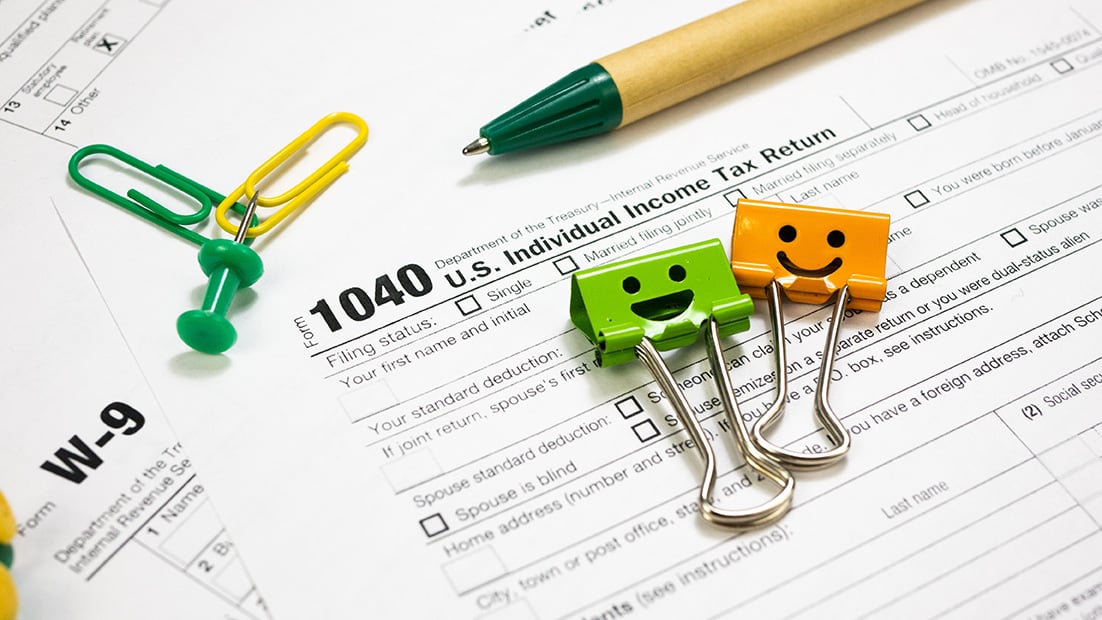A growing number of people have chosen to pursue freelance work in recent years. It’s obvious that being your own boss has advantages in terms of freedom and flexibility. Knowing the tax implications and obligations associated with this kind of work, however, can be a difficult task for independent contractors. Freelancers can more successfully manage the process of maximizing self-employment taxes savings and accurately filing taxes if they have the necessary information and resources.
Exactly calculating their income and expenses is one of the main tax-related challenges that freelancers must overcome. Independent contractors get a 1099 form from every client they work with, as opposed to regular employees who get a W-2 form. The total revenue received during the course of the year is shown on this form. It’s vital to remember that any business expenses incurred during the same time period are not included in this amount.
Freelancers ought to utilize a 1099 tax calculator to guarantee precise reporting and optimize tax benefits. With the help of this web application, independent contractors can compute their net income after subtracting their overhead. Once you enter all the necessary information about your income and expenses, the calculator estimates your overall taxable income. In order to better understand their financial condition and make appropriate plans, freelancers may find this to be a useful tool.
The self-employment tax is another important component of freelancer taxes. The Social Security and Medicare taxes are the responsibility of freelancers, as opposed to regular employees, who have these taxes deducted from their paychecks. With 2.9% going toward Medicare and 12.4% going toward Social Security, the current self-employment tax rate is 15.3%. Even though there are deductions available to help lessen the impact, this tax can still be a significant burden for freelancers.
In order for freelancers to lower their tax liability, self-employment tax deductions are crucial. These deductions cover costs that are directly tied to the business, including a portion of the costs associated with operating a home office as well as trip expenses, office supplies, and equipment. Freelancers can subtract certain costs from their taxable income by maintaining thorough records of these expenditures. In order to prevent any possible audit or fines, it is crucial to remember that these deductions must be valid and directly tied to the business.
Freelancers need to think about estimated tax payments in addition to self-employment deductions. Independent contractors must submit quarterly estimated tax payments to the Internal Revenue Service (IRS) because they do not have taxes deducted from their income throughout the year. Based on the freelancer’s estimated income, these payments are meant to pay their annual tax obligation.
Freelancers may use IRS Form 1040-ES, which offers a worksheet to compute the amount owed, to estimate their tax payments. The anticipated revenue, deductions, and self-employment tax of the freelancer are all considered in this form. In order to prevent penalties and interest charges, freelancers must make these estimated tax payments on time.
With the correct resources and information, taxes for independent contractors can be easier to understand and manage. When calculating their net income, freelancers can more precisely account for business expenses by using a 1099 calculator. This enables them to plan their tax payments appropriately and gain a better understanding of their financial status.
Also, in order for independent contractors to lower their tax burden, they must utilize self-employment tax deductions. Freelancers can claim deductions, reduce their taxable income, and save money by maintaining thorough records of all business-related expenses.
Freelancers also need to keep in mind that they owe the IRS estimated quarterly taxes. In order to avoid penalties and interest charges, freelancers can use Form 1040-ES to calculate the amount owed and make timely payments.
Conclusively, there are a lot of advantages to freelancing; however, it’s important to know the tax ramifications to maximize tax savings and file taxes accurately. For independent contractors to successfully navigate the complicated world of taxes, they must use tools such as 1099 calculators, take advantage of self-employment tax deductions, and make timely estimated tax payments. Freelancers may make sure they are maximizing their tax advantages and avoiding any needless financial burdens by remaining knowledgeable and proactive.

